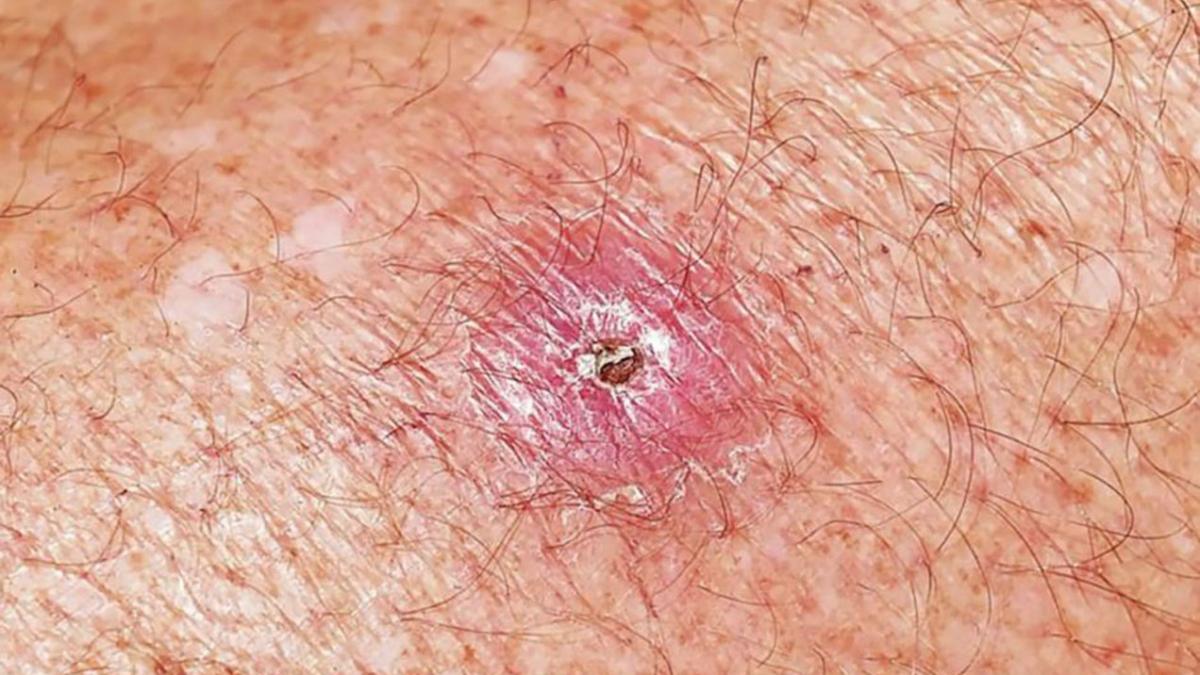
WARNING: This article features a graphic image.
Reported cases of a flesh-eating bacteria in Victoria have gone up more than 400% in the past four years, causing a leading expert in infectious diseases to demand that the government do something about it.
The bacteria creates infected sores on arms or legs which slowly grow in size, resulting in what is known as a Buruli ulcer. Behind West and Central Africa, Victoria is one of the bacteria’s most prevalent places in the world. It is largely found along the coast.
In 2016, there were 182 reported cases of the ulcer. In the first 11 months of 2017, there were 236 cases reported. Yikes.
This is why executive director of infectious diseases at Barwon Health, Daniel O’Brien, has called for more government research into the Buruli ulcer, writing an article for the Medical Journal of Australia.
It’s currently believed to be spread by mosquitos carrying it from infected possums and other animals, though O’Brien and other researchers say more government funding is needed to identify its source.
“We’re in the midst of a serious epidemic,” O’Brien told the ABC.”It’s very difficult to prevent it and address it with effective public health interventions if we don’t know that really basic scientific information.”
If you really want to freak yourself out, the journal entry is free to access here. The entry refers to a particularly awful infection on the knee of an 11-year-old boy which required plastic surgery. It took six months for him to recover completely.
 Photo of the boy’s knee. (Source: Medical Journal Of Australia)
Photo of the boy’s knee. (Source: Medical Journal Of Australia)
According to Victoria’s deputy chief health officer Brett Sutton, the Victorian govt has spent more than $1 million on researching the ulcer. But O’Brien and other experts are worried that without further research, the lesions will become increasingly common.
Antibiotics can treat the ulcer, but are not subsidised by the PBS and can cost around $14,000. If lesions are untreated or grow too large, plastic surgery can also be required.
Source: ABC
Image credit: University of Melbourne



